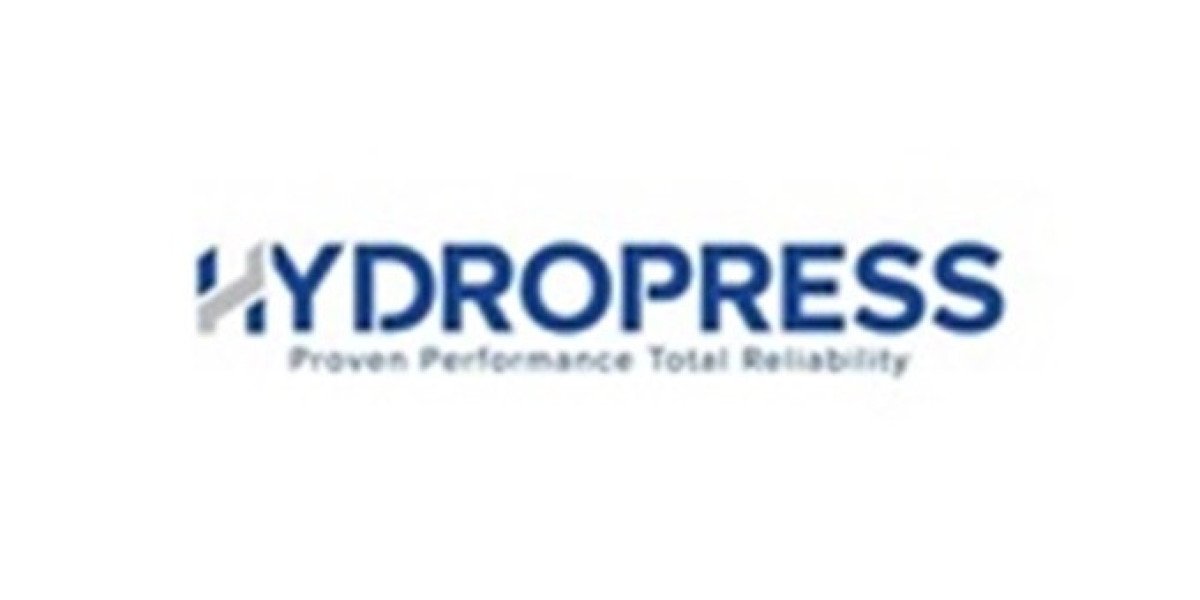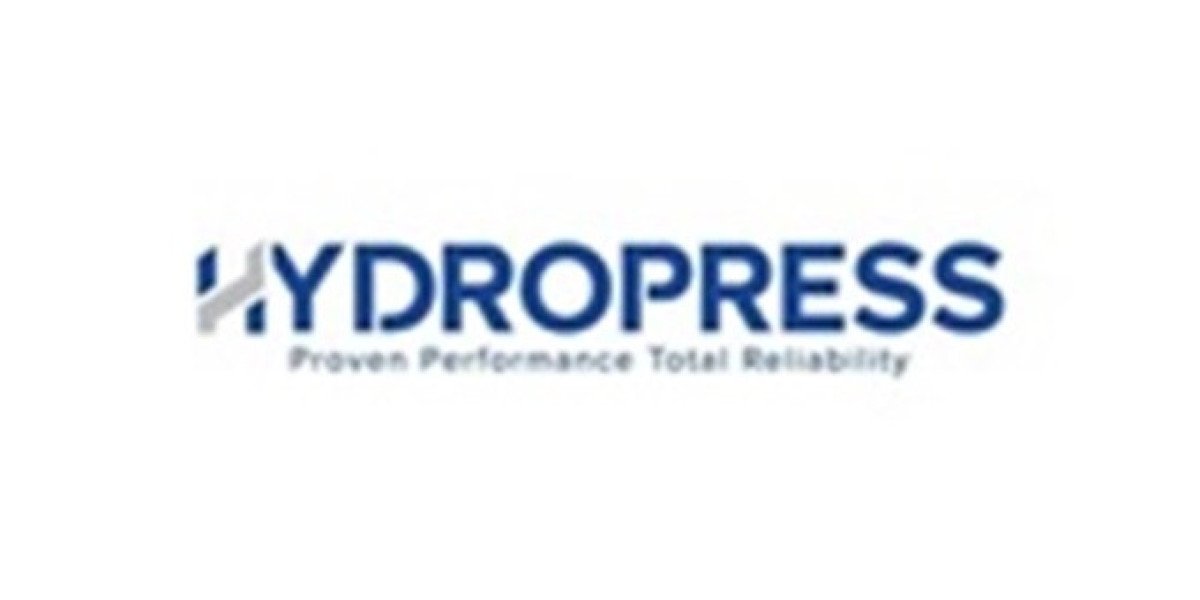I. Introduction to HACCP Certification in Peru
A. Understanding HACCP Certification
Hazard Analysis and Critical Control Points (HACCP) is an internationally recognized system for food safety management. It focuses on identifying, evaluating, and controlling hazards that may compromise food safety. The HACCP certification ensures that a company’s food production processes meet strict safety standards, reducing risks of contamination and improving consumer confidence.
B. Importance of HACCP Certification in Peru
Peru's food industry, particularly in exports, relies heavily on maintaining high safety standards. HACCP certification is crucial for businesses aiming to enter international markets, as it ensures compliance with global food safety regulations. It is especially relevant for seafood, agricultural, and processed food industries.
C. Regulatory Requirements in Peru
The Peruvian government enforces HACCP through regulatory bodies such as the National Agrarian Health Service (SENASA) and the General Directorate of Environmental Health (DIGESA). These agencies establish guidelines for companies to comply with HACCP principles, ensuring food safety in domestic and export markets.
II. Benefits of HACCP Certification
A. Enhanced Food Safety
HACCP helps companies prevent foodborne illnesses by identifying potential hazards in production. This proactive approach minimizes contamination risks, ensuring safer food for consumers.
B. Improved Market Access
Many international markets, including the United States and European Union, require HACCP certification for food imports. Peruvian companies with HACCP certification can expand their reach and compete globally.
C. Compliance with Legal Requirements
HACCP certification demonstrates adherence to food safety laws in Peru and internationally. This compliance reduces the risk of legal issues, product recalls, and reputational damage.
III. Steps to Obtain HACCP Certification in Peru
A. Conducting a Hazard Analysis
The first step in HACCP certification involves identifying potential biological, chemical, and physical hazards in food production. This process ensures that risks are assessed and controlled effectively.
B. Establishing Critical Control Points (CCPs)
CCPs are specific points in the food production process where hazards must be controlled to ensure food safety. Examples include temperature control in storage and cooking processes.
C. Implementing Monitoring and Verification Procedures
Monitoring involves regular checks to ensure CCPs are maintained, while verification confirms that the HACCP system is working effectively. Companies must document all procedures to comply with certification requirements.
IV. Industries Benefiting from HACCP Certification in Peru
A. Seafood and Fisheries Industry
Peru is a leading exporter of seafood products, making HACCP certification essential for companies in this sector. Compliance with HACCP standards ensures high-quality seafood production and international market acceptance.
B. Agricultural and Processed Food Sector
From fresh produce to packaged foods, HACCP certification plays a crucial role in maintaining hygiene and preventing contamination. Agricultural businesses and food processing plants benefit from improved safety measures and quality assurance.
C. Hospitality and Catering Services
Hotels, restaurants, and catering businesses require HACCP certification to guarantee food safety. Certification enhances customer trust and ensures compliance with health regulations in the food service industry.
V. HACCP Certification Process in Peru
A. Selecting a Certifying Body
Accredited certification bodies in Peru, such as SGS, Bureau Veritas, and NSF, provide HACCP certification services. Companies must choose a reputable certifier to ensure compliance with international standards.
B. Training and Implementation
Employees must undergo HACCP training to understand safety procedures and best practices. Proper implementation involves aligning food production processes with HACCP guidelines.
C. Certification Audit and Approval
An external audit by a certification body assesses compliance with HACCP standards. Upon passing the audit, the company receives HACCP certification, valid for a specific period before renewal is required.
VI. Challenges in Obtaining HACCP Certification
A. High Implementation Costs
For small and medium-sized enterprises (SMEs), the cost of HACCP certification can be a challenge. Expenses include training, infrastructure improvements, and certification fees.
B. Staff Training and Compliance
Ensuring that employees understand and follow HACCP principles requires ongoing training and monitoring. Non-compliance can result in certification failure or revocation.
C. Maintaining Certification Standards
HACCP certification is not a one-time process. Companies must continuously monitor and update their food safety procedures to maintain certification and meet evolving regulatory requirements.
VII. Future of HACCP Certification in Peru
A. Growing Demand for Food Safety Standards
As global food safety standards become more stringent, the demand for HACCP certification in Peru is expected to rise. Businesses that prioritize certification will have a competitive advantage.
B. Digitalization and HACCP Compliance
The adoption of digital monitoring systems for food safety tracking will streamline HACCP compliance. Automated data collection and analysis will improve efficiency and accuracy.
C. Expansion of Export Opportunities
HACCP-certified Peruvian companies will continue to expand into international markets, benefiting from increased credibility and access to global trade opportunities.
VIII. Conclusion
A. Summary of Key Points
HACCP certification is essential for food businesses in Peru, ensuring compliance with safety regulations and enhancing market opportunities. It benefits various industries, including seafood, agriculture, and hospitality.
B. Importance of Continuous Compliance
Maintaining HACCP certification requires ongoing monitoring, staff training, and adherence to safety standards. Businesses must invest in compliance to sustain their certification.
C. Encouragement for Businesses
Peruvian companies should pursue HACCP certification to gain a competitive edge in both local and international markets. By prioritizing food safety, they can build trust with consumers and strengthen their brand reputation.








